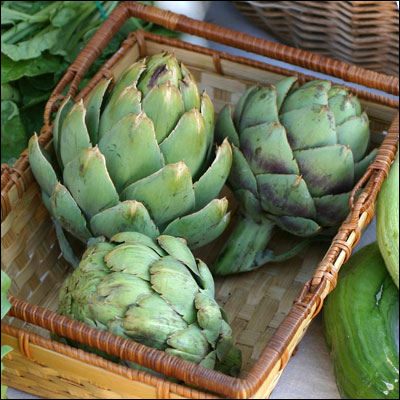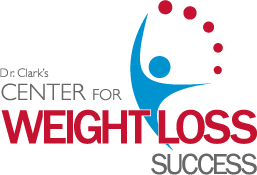
Did you know that salmon, avocados, honeydew, kidney beans and artichokes can actually help LOWER your blood pressure? That’s right. Those foods are high in potassium and scientists have recently discovered that a diet high in potassium and low in sodium can have positive effects on hypertension.
More and more evidence is mounting on the importance of potassium in a healthy diet, yet between 90 percent of men and 99 percent of women in America don’t get enough potassium in their diet, according to <em>The Nutrition Action Health</em> letter.
One out of every three adults in the U.S. has high blood pressure, and that jumps to two out of three if you’re over 65. High blood pressure is a very common problem and can lead to other health issues. About three out of four people who suffer a stroke, a heart attack, or congestive heart failure also have high blood pressure.
“It’s absolutely clear that potassium can lower blood pressure,” says Dr. Frank Sacks, professor of cardiovascular disease prevention at the Harvard School of Public Health in Boston. In a study that tracked 43,000 men for 8 years, researchers found that those who consumed 4,300 mg of potassium daily were 38% less likely to suffer a stroke than those who consumed 2,400 mg a day.
Everyone has heard that decreasing the amount of sodium in your diet helps to lower blood pressure, but adding potassium to a low-sodium diet has an even greater effect. Recently over a 10 year study, <em>Prevention</em> researchers discovered that eating more foods with potassium and reducing high-sodium foods lowers your risk of heart attack and stroke more than if you just lowered the sodium in your diet.
Scientists aren’t really sure how potassium lowers blood pressure, but they do have a few ideas. Potassium could be making the larger blood vessels more flexible, which is important in maintaining lower blood pressure. Scientists also believe that potassium may dilate smaller blood vessels, which lowers blood pressure by decreasing the resistance to blood flow.
The good news is that some blood pressure problems that were considered permanent can be reversed, according to Dr. Sacks. A diet rich in potassium and low-sodium can completely reverse the effects of age on blood pressure.
A big part of the problem in the American diet is that sodium is added to many processed foods, but potassium is not, and we all know Americans eat a lot of processed food. Eating more fresh and frozen foods, which are sometimes lower in sodium, may help you get your recommended intake and lower the amount of sodium in your diet. Adding foods that are good sources of potassium include fish, such as salmon, cod and sardines, beef, chicken, spinach, bananas, leafy greens, and potatoes (especially the skin).
A balanced diet –eating a variety of fruits and vegetables, along with lean meats, fish and nuts-helps you get all the vitamin and minerals that you need. Please check with your doctor before making any dramatic changes in your eating habits, but consider monitoring the potassium you are getting in your daily diet. A balanced diet helps you get all the vitamin and minerals that you need.






 Cat Keller has a wealth of experience in marketing, e-marketing, advertising and customer service and manages our Weight Loss Nutritional Store. She is always planning something fun and exciting. special events, discounts, giveaways – it’s never a dull moment. She is happy to help you with questions you may have regarding our products or services. Cat is a graduate of William & Mary, where she studied Government/Pre-Law and minored in Marketing.
Cat Keller has a wealth of experience in marketing, e-marketing, advertising and customer service and manages our Weight Loss Nutritional Store. She is always planning something fun and exciting. special events, discounts, giveaways – it’s never a dull moment. She is happy to help you with questions you may have regarding our products or services. Cat is a graduate of William & Mary, where she studied Government/Pre-Law and minored in Marketing.